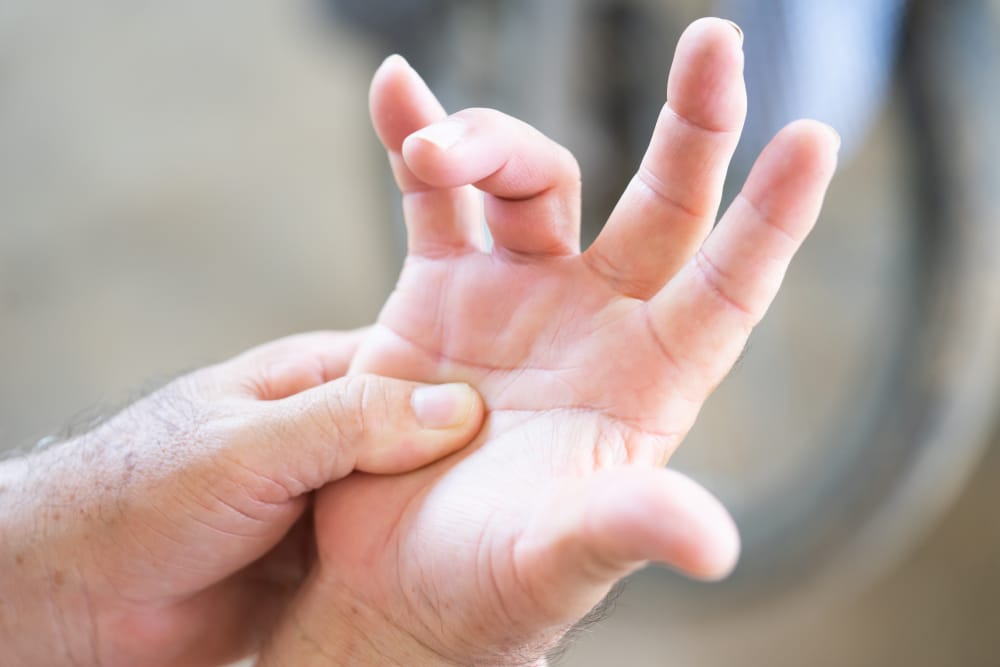Trigger Finger

What is Trigger Finger?
Trigger finger occurs when the flexor tendon and its surrounding sheath (a protective layer) within the finger become inflamed or irritated. This can lead to a narrowing of the tendon sheath, making it difficult for the tendon to glide smoothly, resulting in the finger getting stuck in a bent position and then suddenly snapping straight.
Causes and Risk Factors:
Several factors can contribute to the development of trigger finger:
- Repetitive gripping or grasping motions.
- Rheumatoid arthritis or other inflammatory conditions.
- Diabetes or other medical conditions that affect the tendons.
- Finger injury or trauma.
Symptoms:
Common symptoms of trigger finger include:
- Pain or tenderness at the base of the affected finger or thumb.
- Stiffness and difficulty straightening or bending the finger.
- A popping or clicking sensation when moving the finger.
- Finger “locking” in a bent position and then suddenly releasing.
Diagnosis:
A healthcare provider diagnoses trigger finger through:
- Physical examination to assess finger movement and tenderness.
- Discussing symptoms and medical history.
- Imaging tests are generally not required unless there’s uncertainty about the diagnosis.
Treatment Options:
Treatment for trigger finger varies depending on the severity of the condition:
- Resting the affected hand and avoiding repetitive movements.
- Using a splint to keep the finger extended.
- Nonsteroidal anti-inflammatory drugs (NSAIDs) to reduce pain and inflammation.
- Hand exercises and stretches to improve finger flexibility.
- Corticosteroid injections to alleviate inflammation and promote tendon gliding.
- Surgical release of the affected tendon sheath in severe or chronic cases.
Prevention:
To reduce the risk of trigger finger:
- Practice proper hand ergonomics and avoid overuse.
- Use larger handles or tools to reduce stress on the fingers.
- Take breaks during repetitive activities.
Conclusion:
Trigger finger is a condition that can cause discomfort and interfere with daily activities. Early recognition and appropriate management, including conservative treatments or, in severe cases, surgical intervention, can help alleviate symptoms and restore normal finger function. Seeking medical advice when symptoms arise is essential to prevent further complications and ensure optimal hand health.














